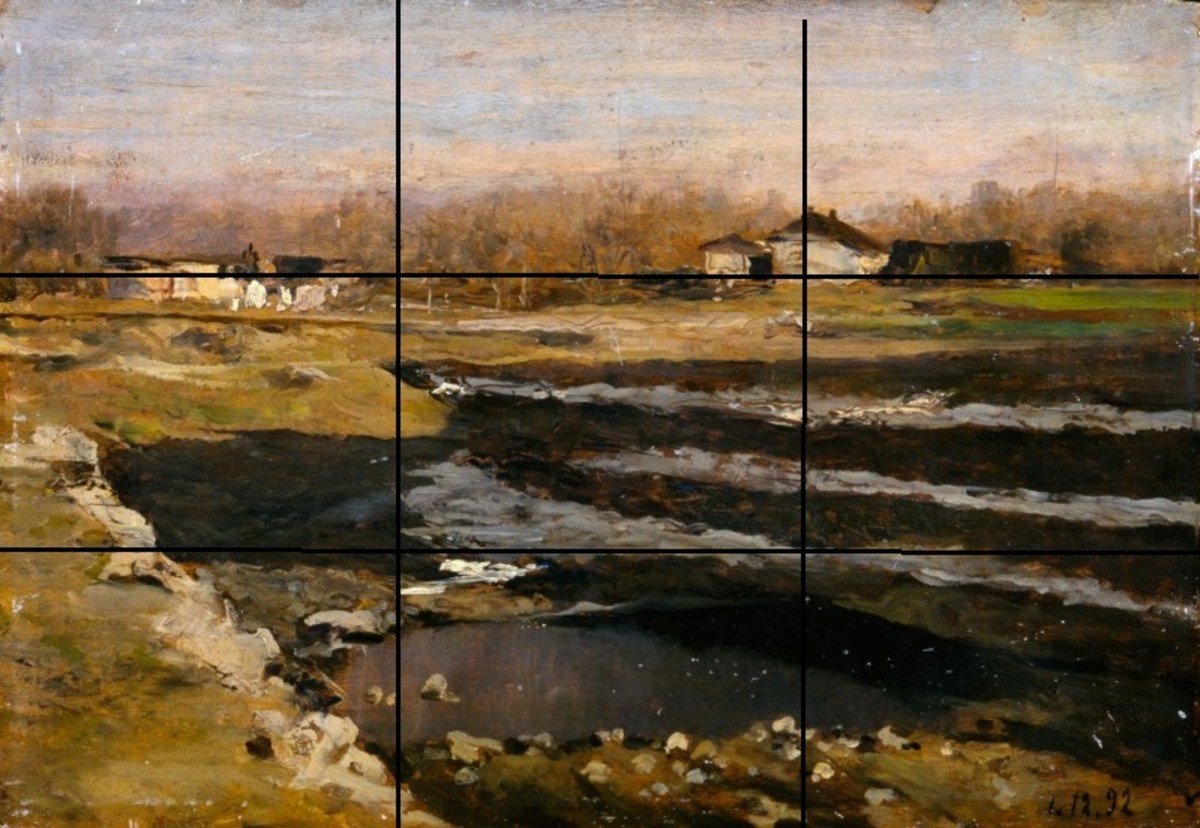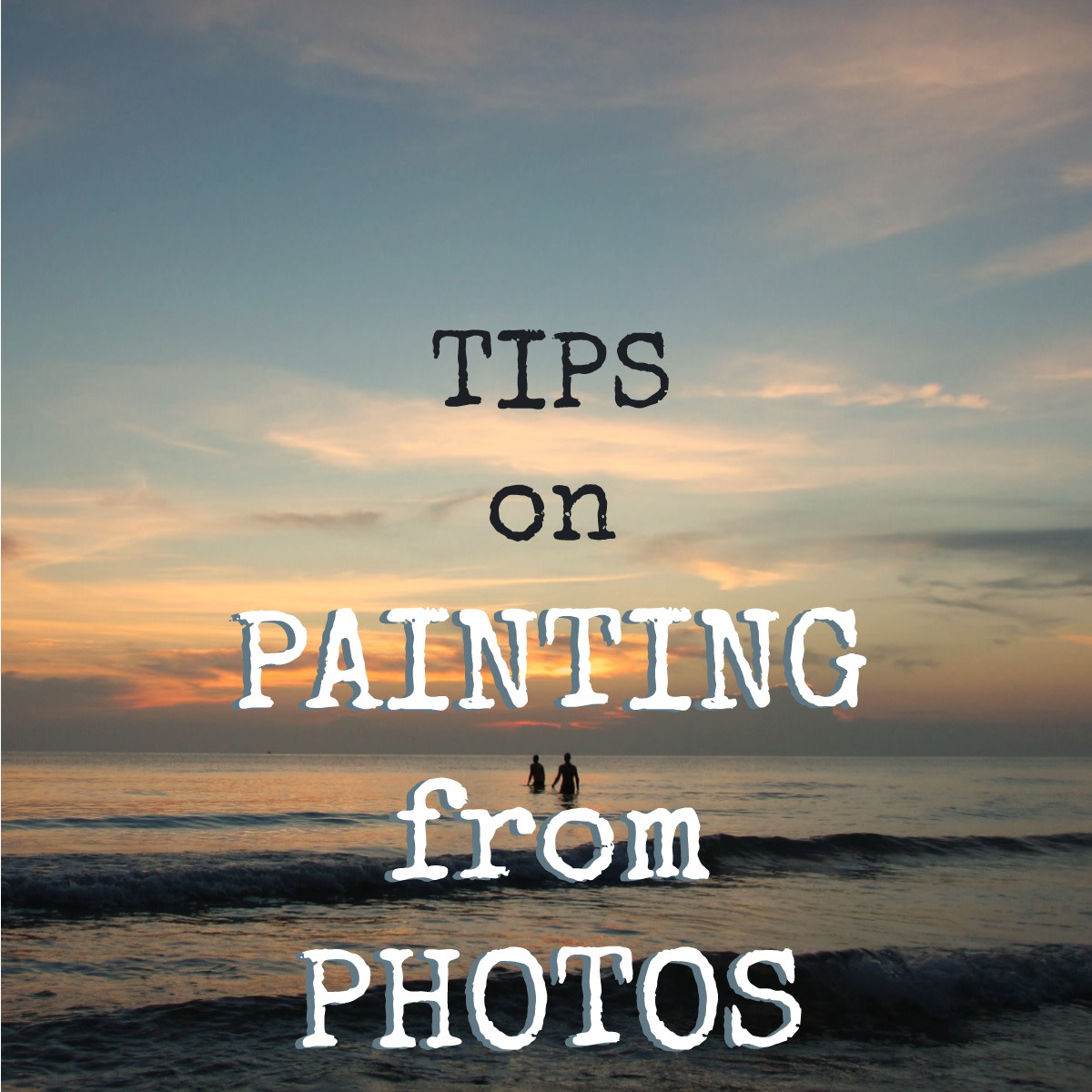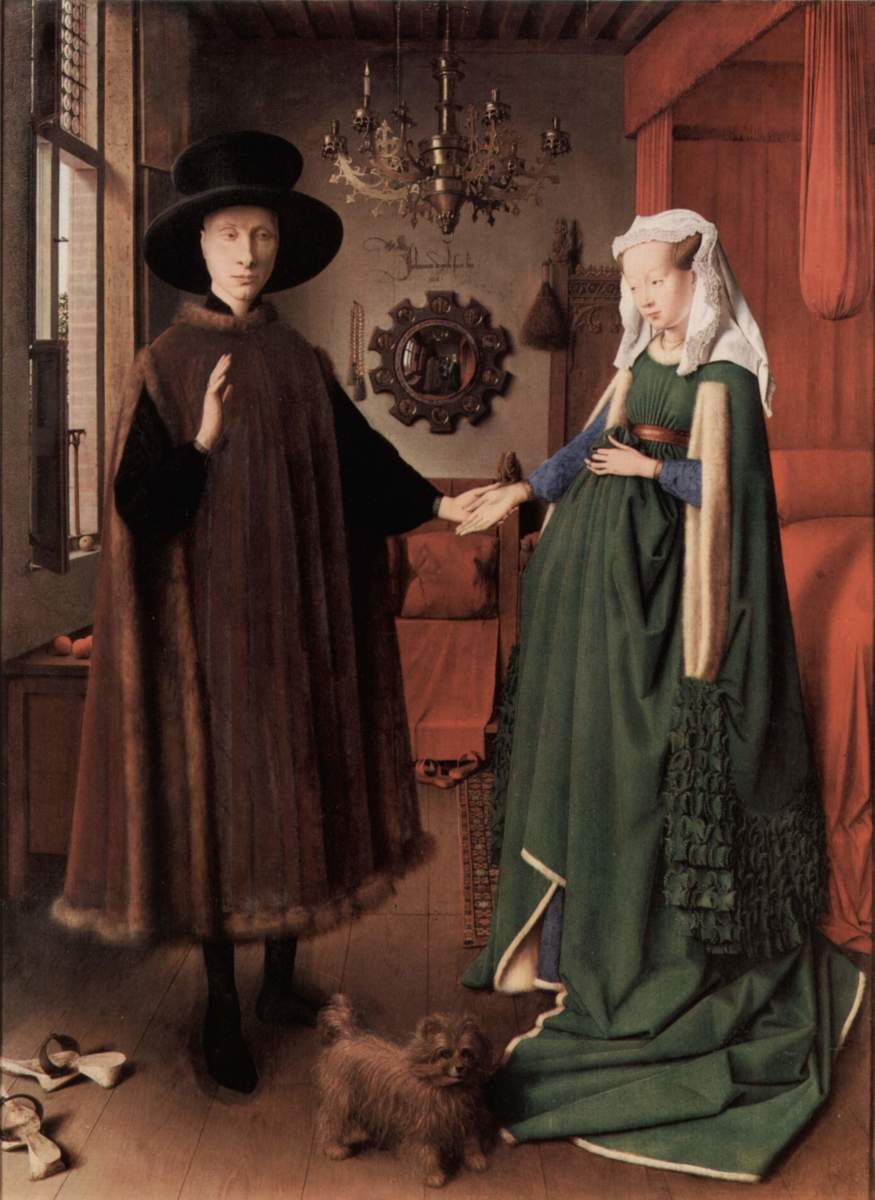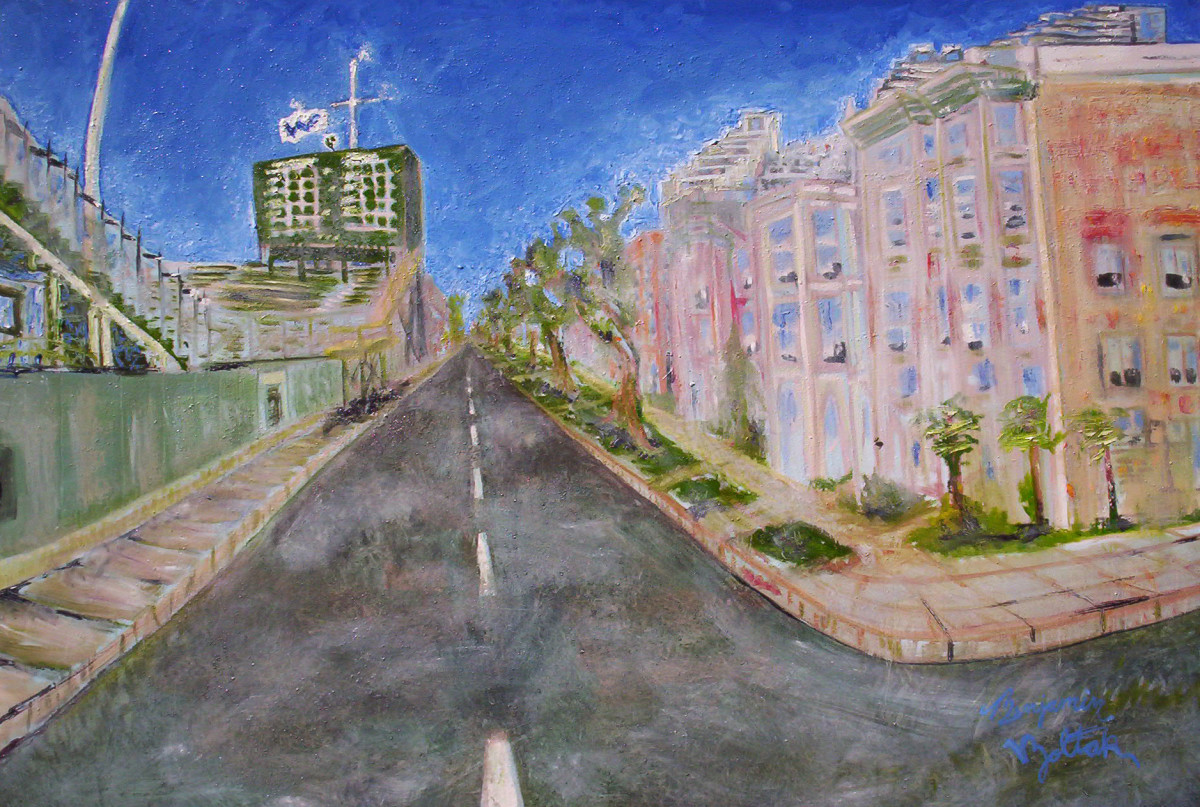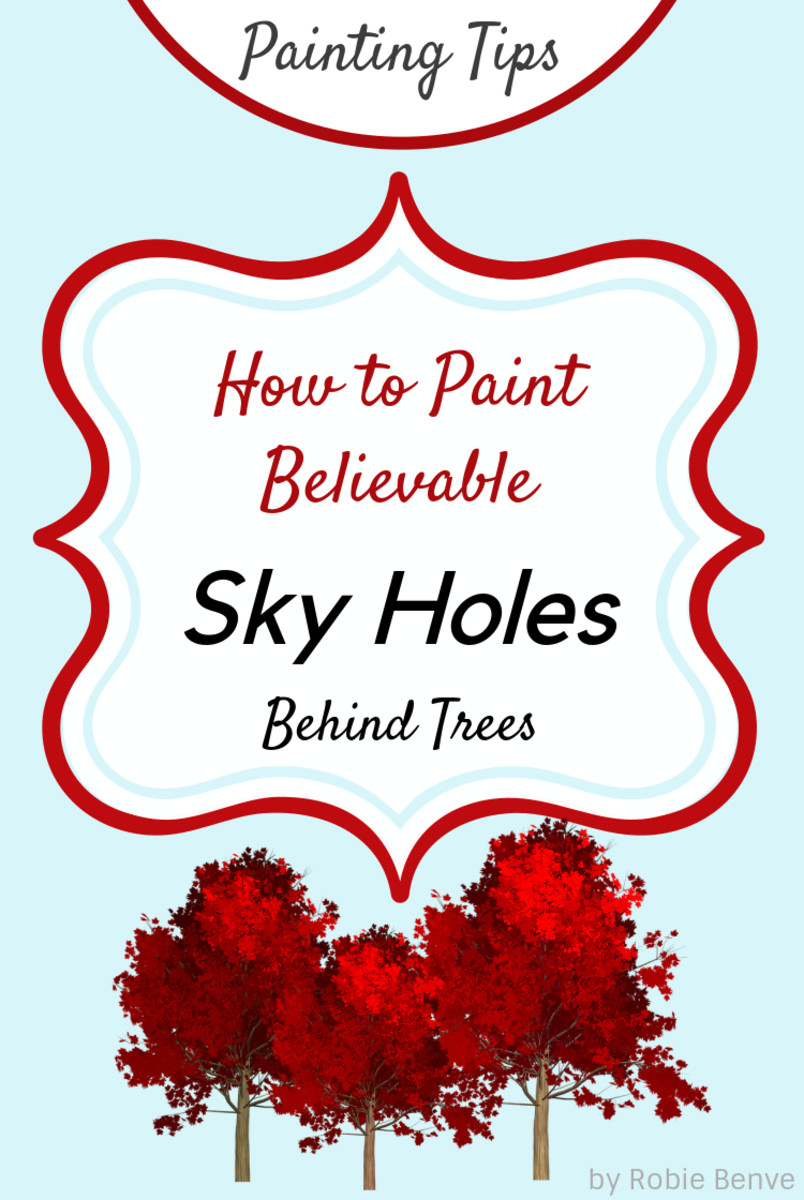Tips on Painting a Portrait
The Mona Lisa
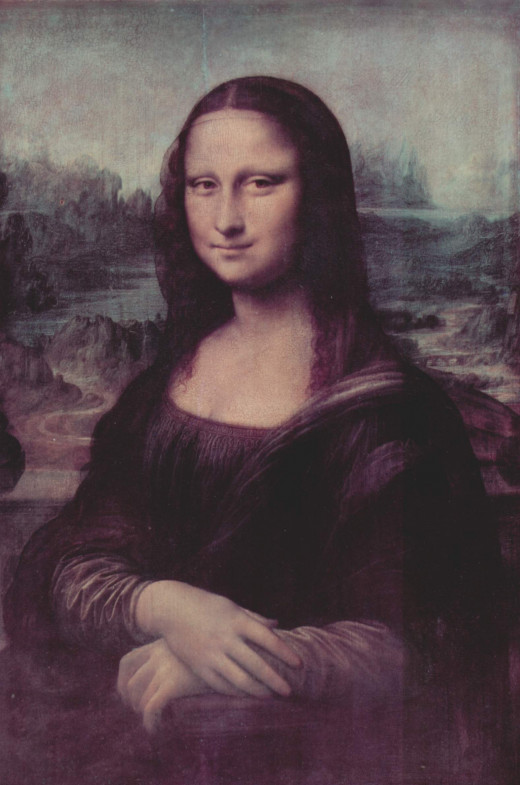
From Life or from Photos
Portraiture is more than just the ability to copy the features of the face of a human being accurately. It is a skill that must be learned and practised. It is also important to understand the person you are trying to capture. Capturing a physical likeness is one thing, but capturing the spirit of the person is another thing entirely. This is why painting from life is so important. Spending time with the sitter, asking them questions, finding out their likes and dislikes and the various elements of their character will all add to the character of your painting. Observation is key. Use all of your senses to really see and feel who they are to produce the most convincing and emotive portrait.
During the sitting, it is a good idea to take a lot of reference photos, especially if it is not possible to complete the entire painting from life. There are no hard and fast rules. Some artists start off from life, take reference photos and complete the painting from the photos taken. Other artists prefer to work entirely from life, while others choose to work entirely from photos. Use whatever works for you, but working from life injects life into the work. Physically being present with the person allows you to pick up on colours, textures and perspectives that would be difficult to see in a 2D photo.
Portrait Painting, Tips for Composition
Traditionally, artists start off a portrait by first doing a rough sketch. The sketch allows them to try out various compositions to see which one works best.
It is important to make the composition interesting. Simply placing a head in the centre of a canvas is unlikely to provoke interest, no matter how well it is painted. Things that add interest in a composition could include adding other items of interest to the portrait. Details such as jewellery patterned clothing and expressive hands make things more interesting and take the viewer on a journey. A journey into the personality of the sitter.
Weight Distribution
Traditionally, painters compose portraits using a\pyramid format. The Mona Lisa is probably the most convincing example of the pyramid composition. The head sits inside the apex of the pyramid and the shoulders and rest of the body form the base. The weight of distribution needs to be convincing. For example, if you are painting a sportsman who is moving quickly, it is unlikely that his head is going to be directly above his hips and shoulders. It is more likely that his movement will be depicted at an angle- with his body weight supported by the energy of his movement. If you want to show energy, think in terms of angles. If you want to portray calm, think horizontal lines for your composition.
Focal points
Having a focal point is important. where do you want the viewers eyes to focus? You can dictate where the viewer looks first and how their eye travels around your portrait by paying attention to your use of lights and darks. Contrast. for example, if you want the eyes to be the focal point of your painting, pulling the viewer in to look at eyes which stare back at them, piercing their own eyes, make the contrast between light and dark much greater here than anywhere else. Make the eyes stand out by using more contrast in the eye area. More contrast and more detail. In the foreground or other parts of the painting where you do not want the viewer to spend too much time, use less detail and less contrast by comparison. You may have more than one focal point. Apply the same principles to them.
Think About Space
The space you leave around your subject will determine how the viewer sees them. If you want them to appear tall and imposing, minimise the space around them, especially the space above the head. If you want them to appear small and innocent, have lots of space around them, especially above the head. Always ensure that there are enough areas of interest in the portrait, especially if there is a lot of space around the subject.
Negative Shapes and Spaces
Using negative spaces is a very useful tip for drawing or painting difficult shapes correctly. Essentially it involves copying the shape of the space that an object has around it, rather than the object itself. The best way to understand negative space and how it can positively impact your portrait painting is to practice. The following exercise works very well for helping you to understand it. Once you have got it, you can apply the principle to your portrait painting.
Negative Space Excercise
Take a dining table chair and sit in front of it so that the legs are at eye level. Look at the spaces between the legs and notice the shapes that the spaces take up. Draw the spaces between the legs, of the chair, around the chair and observe and draw any spaces in the design. Really focus your attention on just the spaces, not the chair itself. When you have finished, colour in the spaces with your pencil. You should notice that the blank spaces in between the blocks of colour you filled in approximate the look of the chair! If not, try again. Perhaps use a different object which creates interesting negative spaces.
Apply the same principles to draw the shape of the silhouette of the person you want to paint. Perhaps use a photo for the exercise Again, pay attention to the spaces around the silhouette. A photo will add boundaries around the head to enable you to see the boundaries a bit more clearly. You will notice that space between hair and the edge of the photo for example, makes for some very interesting shapes. Once you are comfortable, you will begin to see negative spaces every time you draw or paint and you will understand that knowing how to work with negative shapes makes capturing a likeness of anything or anyone much easier.
Proportions in Portraiture
Getting your portrait to look convincingly human is fundamental to any portrait! Of course, then comes getting a good likeness. One of the things you must understand is human proportion. Once you understand the basics, you can use your knowledge as a bench mark for your measurements when painting real portraits.
The Face
The eyes are nearly always located in the middle of the head. Half way between the top of the head (including hair) and the chin. The tilt of the head and the hair determines how much of the forehead is seen in the portrait. There is a saying often referred to in art classes, "Between an eye and an eye is an eye." Essentially it means that the space between the eyes is usually equivalent to the width of the persons actual eye.
If you extrapolate a line down from the pupils (if the person is staring straight ahead), you will get the approximate width of the mouth. If you extrapolate lines down from the tear ducts, you will get approximately the width of the nostrils.
In most cases, ears are nearly always bigger than most people think. If you draw a line from the top of the ear to the face, it usually lines up with the eyebrow ridge. If you draw a line from the bottom of the ear onto the face, it usually lines up with the bottom of the nose.
The line between the lips usually lies half way between the bottom of the nose and the end of the chin. A common mistake is to make the gap between the nose and the lips too large, resulting in a face that looks too long.
The Body
The arms usually hang half way down the thighs. If you hold your hand up to your face, you will see that it is almost the same size as your face. Hands are a lot larger than most people think in comparison to the body. The pelvic bone is located half way up the body and in general, a human head will fit into its own body approximately seven times.
While these tips on proportion are not exact for every person, it helps if you remember them as you can use them as a base line from which to measure your subject when you come to paint their portrait.
Tips for Painting Eyes
Be careful with the whites of the eye as they are rarely pure white. The side of the eye lit up by your light source may contain a little touch of pure white as a result of the light and this highlight will be on the same side of the face as the light source.
The iris, the coloured part of the eye however, will be lit up on the opposite side to the light source. This is because the light shines into the eye and is reflected on the opposite side.
It is important to note the amount of white around the eyes. You very rarely see a lot of it in portraiture, this is because you only really see the white of a persons eyes when they open their eyes wide- for example, if they have been shocked or surprised.

